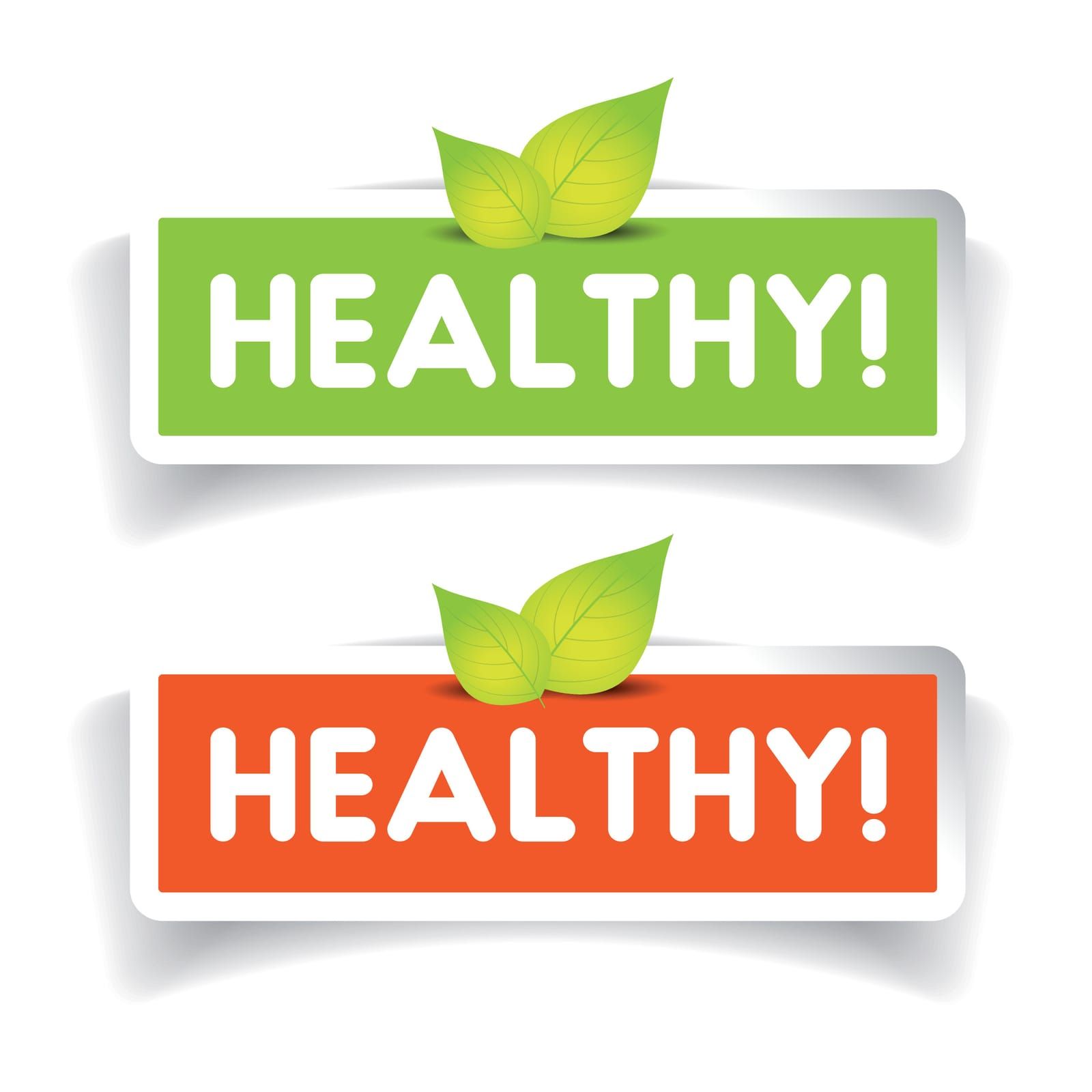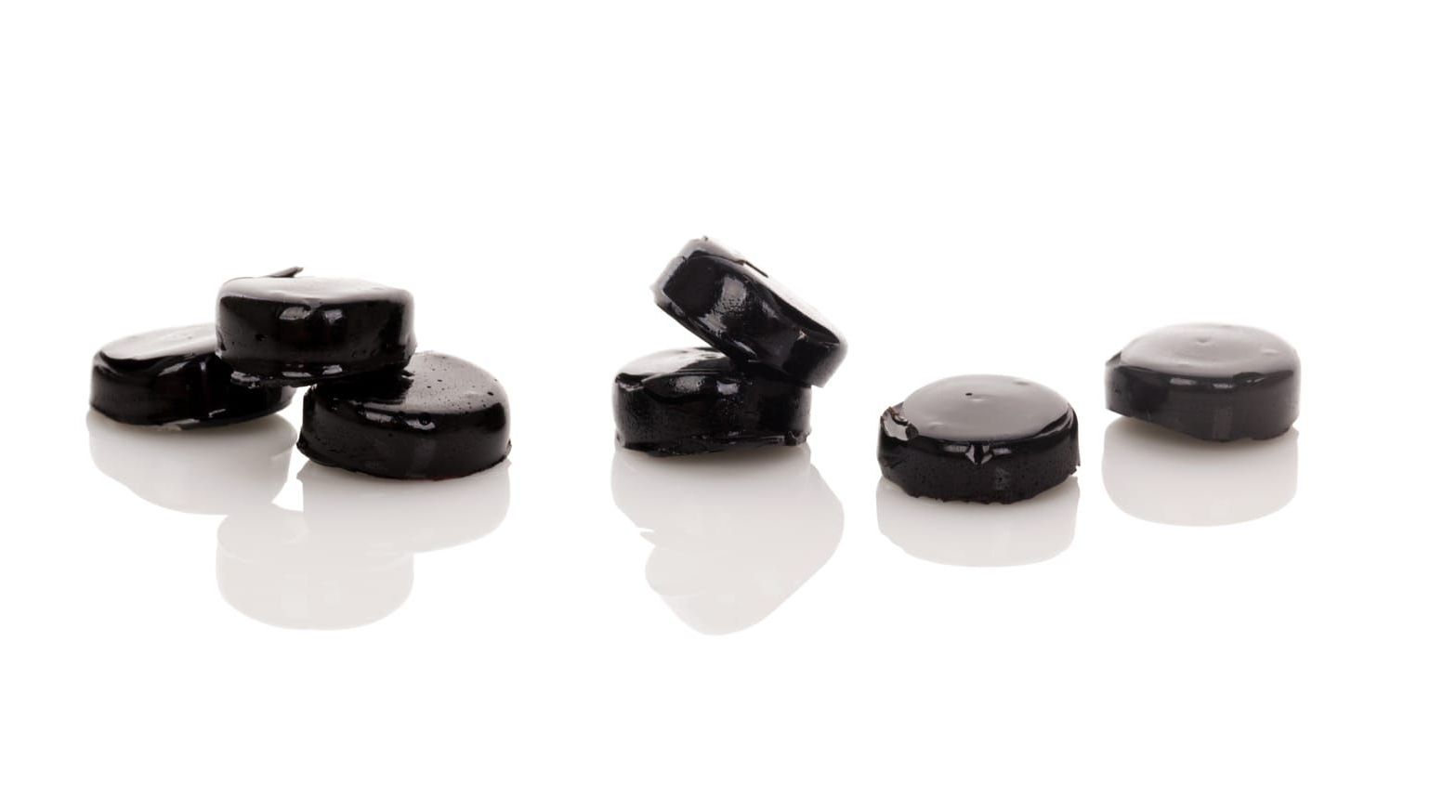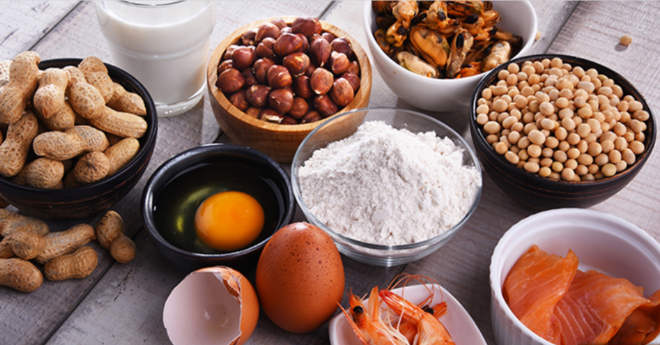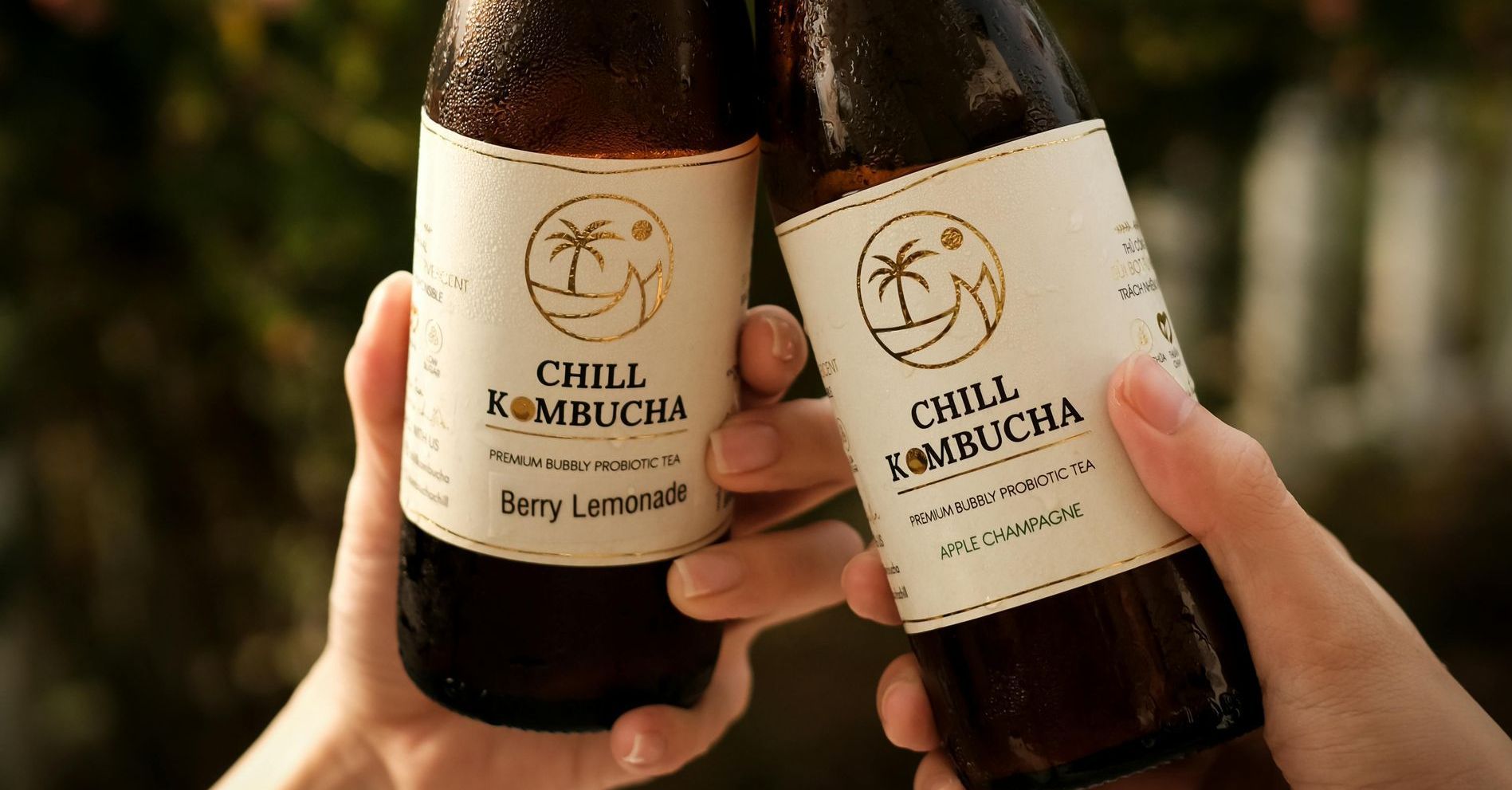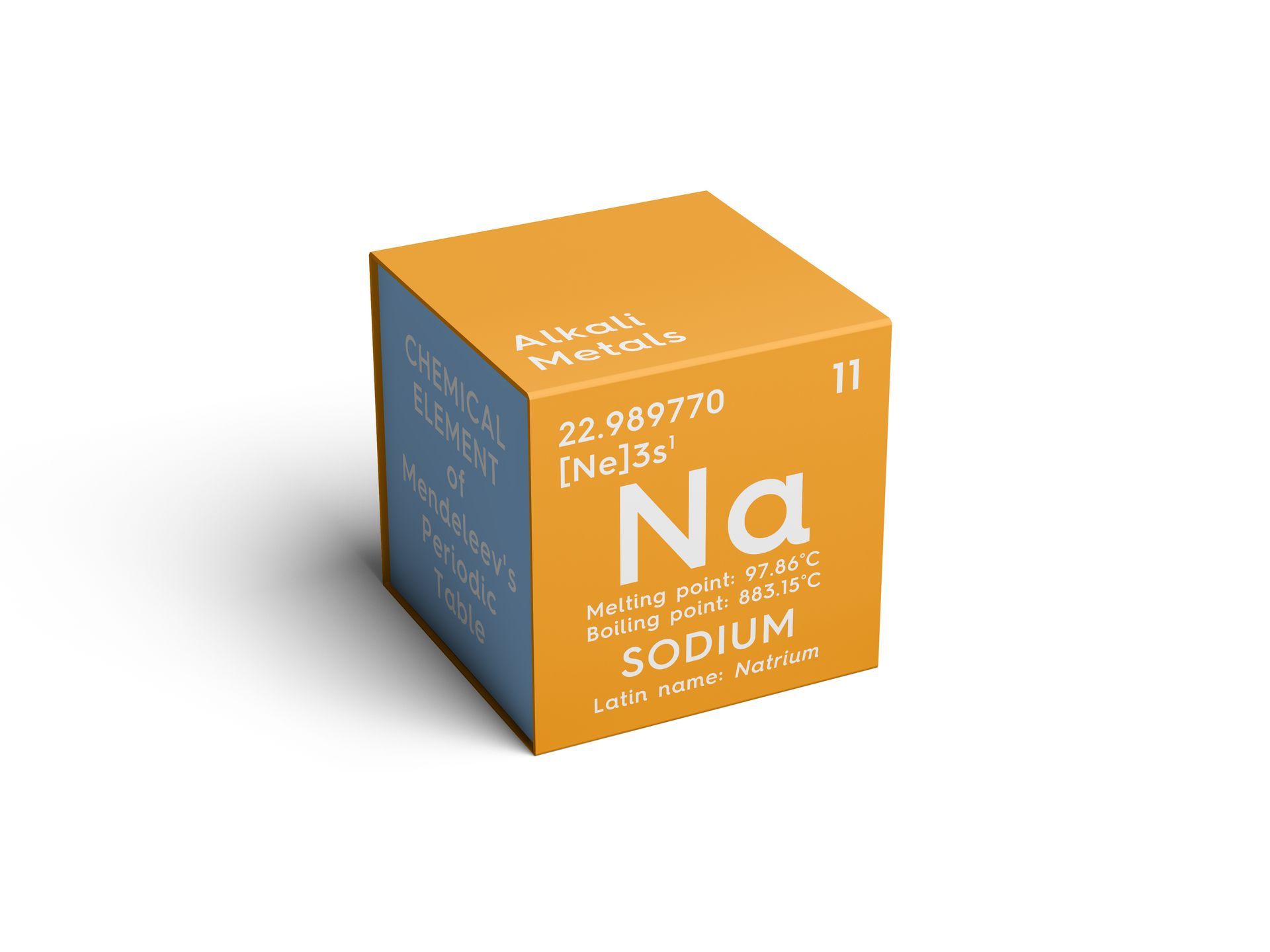RESOURCES
These resources provide comprehensive materials about RL Labs, the services we provide, food industry regulations, and valuable links designed to support the commercialization of your product.
OUR JOURNEY TO BECOME RL FOOD TESTING LABORATORY
If you are visiting our website today, you are likely on a journey to take a beloved product to market. Whether it’s your favorite brownie recipe, your uncle’s best barbecue sauce or you are in the middle of extending an existing product line, you have landed on our website because you need to get that product ready for the retail shelf and you need to be compliant with retailer and FDA requirements.
I BOUGHT A BUSINESS
In 2003, I bought a company that made fresh pasta for local chefs in Laguna Beach that also made fresh pasta salads for large grocery chain service delis like Safeway, Albertson’s and Jensen’s Finest Foods in the Palm Springs area. I really enjoyed cooking and have a great passion for the creativity and process of cooking. My professional background in corporate marketing, working for large Fortune 500 companies like The Stanley Works, Black and Decker and Avery Dennison, prepared me to market this business into self-employment bliss. What could go wrong? Well, as you probably know, everything can go wrong and everything can go right. In my case, I was actually quite good at sales and marketing, as well as the product development and food preparation side of the business. I was also able to get appointments with large retailers like Trader Joe’s, Whole Foods, Safeway etc. and make professional presentations.
LEARNING HOW TO SELL TO LARGE FOOD RETAILERS
A great meeting with Trader Joes resulted in my quest to gather information they needed to bring in my product. Laboratory testing, UPC codes, Nutrition Labels…there was a lot needed. As I searched for laboratories to test my product for Trader Joe’s and gather UPC codes and FDA compliant nutrition fact panels I realized this was a highly fragmented and not a very helpful industry. Here I was a food manufacturer who knew nothing about the laboratory analysis needed, FDA compliance and UPC coding requirements. Something needed to be simplified and the customer service from these service providers had to improve.
LARGE BUSINESS DEVELOPMENT OPPORTUNITY
One day, I had an exciting meeting with the Southland Corporation, who was interested in carrying my fresh pasta salad in single serve containers for 7-Eleven in a test market. I was thrilled and began preparing my small company for this big opportunity. In order to complete the 7-Eleven test, I had to manufacture my product out of a USDA kitchen. My manufacturing facility at the time was a simple commercial kitchen that was not USDA certified.
MOVING THE OPERATION TO A CO-PACKER FACILITY
To do work with 7-Eleven, I sought out a copacker to help me with things like extending
my shelf life using preservatives and teaching me about high volume production.
7-Eleven needed a 7-day shelf life for my fresh product due to shipping and storage. I was very excited and really looking forward to a successful test with 7-Eleven. I received a lot of help from my supplier salesperson who connected me with a co-packer nearby me that operated a USDA certified commercial facility. Vendors are an important resource in the business community.
CUSTOMER STRATEGIES CHANGE COURSE
Although I took all of the proper steps to kick off my 7-Eleven test, they decided to cancel the contract as they brought on a new buyer who was not interested in the test. Additionally, Safeway who was my largest customer, decided to start manufacturing their own pasta salads in their corporate commissary. A perfect storm was brewing and before I knew it, I was just about out of business. I took this opportunity reassess my options and decided to close down the company.
THE BRIGHT SIDE: A BUSINESS OPPORTUNITY IS BORN
The benefit of working with the co-packer and going through this journey of labels, lab testing and learning about HACCP auditing, was the business idea from my co-packer of professionalizing the nutrition labeling and lab services. There was nobody to hold my hand and help me through this process and the labs basically sent me a report and I had no idea what it meant. There was a huge opportunity to be more helpful.
Ironically, during this time, my husband was a pharmaceutical chemist whose lab was being moved to Ohio and we wanted to remain in California. We decided to start a company that helped food manufacturers bring their product to market by offering FDA compliant nutrition fact labeling, advice on how to get your product to market and laboratory analysis and assistance with a lot more handholding than we had been provided by labs who tested our products.
Roger and I got married in 2005 and launched our company at the same time. We hired stay at home moms and some family members who were food scientists and food industry professionals that needed flexibility with their schedules and could help us with customer inquiries. Using my marketing background, I brought on board a public relations partner who was able to get Roger interviewed on the Doctor Oz Show, interviews in the Wall Street Journal and the New York Post. We were on our way to solidifying our leadership position in the market.
HELPING TENS OF THOUSANDS OF COMPANIES GET READY FOR RETAIL
Here we are, almost 20 years later, with a successful company that has helped tens of thousands of companies get their products ready for retail. There have been a few bumps along the way, but we have dedicated ourselves to truly helping companies and individuals that are on the same journey that I was on when I bought my company in 2003. I hope you will reach out to us and me personally if there is anything we can do to help you prepare your product for market. Thank you for visiting our website and thank you for entrusting us with your product. We take our job very seriously and will do anything we can to ensure your success.

President, CEO and Co-Founder
Sharon manages all aspects of RL Labs, ensuring they are up to date on the USDA and FDA regulations for food labeling and testing.
714-306-2937 | 8am to 5pm PST

Senior Nutrition Chemist
and Co-founder
Roger is the senior chemist at RL Labs, one of the premiere food testing lab resources in the US.

Business Development Manager
As a Business Development Manager, Alison helps customers with identifying their testing needs and helping with other resources to complete their project. She has an extensive background in sales management and customer service.
480-550-0825 | 8am to 5pm MST

Registered Dietician
Emily is our food label expert and works to ensure compliance with new FDA guidelines. Emily is a Registered Dietitian.

Staff Microbiologist
Stephen, holds a Bachelor of Science in Microbiology He also has his Master of Science in Microbiology and Pathobiology.

Director of Sales & Business Development
Maria She values customer intimacy, exceeding sales goals and building network opportunities. Five years experience FDA and USDA nutrition labeling and specializing in Restaurant Menu Reporting. Bilingual in Spanish, 8-5 Eastern Standard Time
949-274-1902 | 8am to 5pm EST

Director of Operations & Finance
Marybeth has been overseeing RL Labs operations for the last
fifteen years.
313-550-6497 | 8am to 5pm EST

PAM NELSON
Customer Success Manager
BA Nazareth University
MBA Rochester Institute of Technology
Pam is the liaison between sales, the customer and the lab to ensure timely delivery of services. She is a critical link in the team that gives the customer a contact point once an order has been received.

FDA Nutrition Label Technician
Muriel creates FDA-compliant nutrition labels for our clients and contributes informational content on our website and newsletter.
Whether you’re new to the industry, or an established food manufacturer, having the right connections is invaluable. Here are some useful links to top food industry resources:
FDA’s RACC - Recommended Amount Customarily Consumed
Health Canada RACC Recommended Amount Customarily Consumed
FOOD NUTRITION LABELS
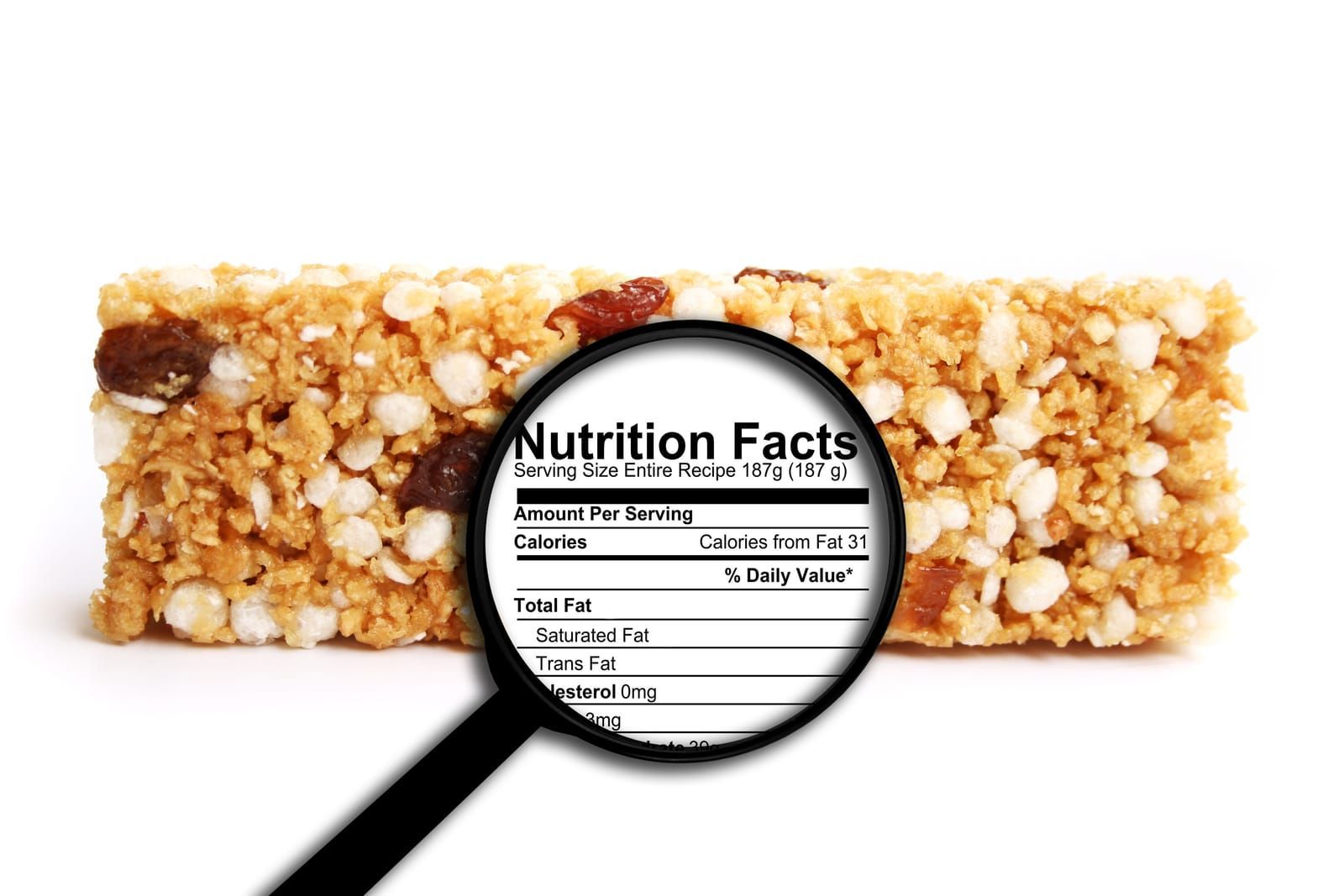
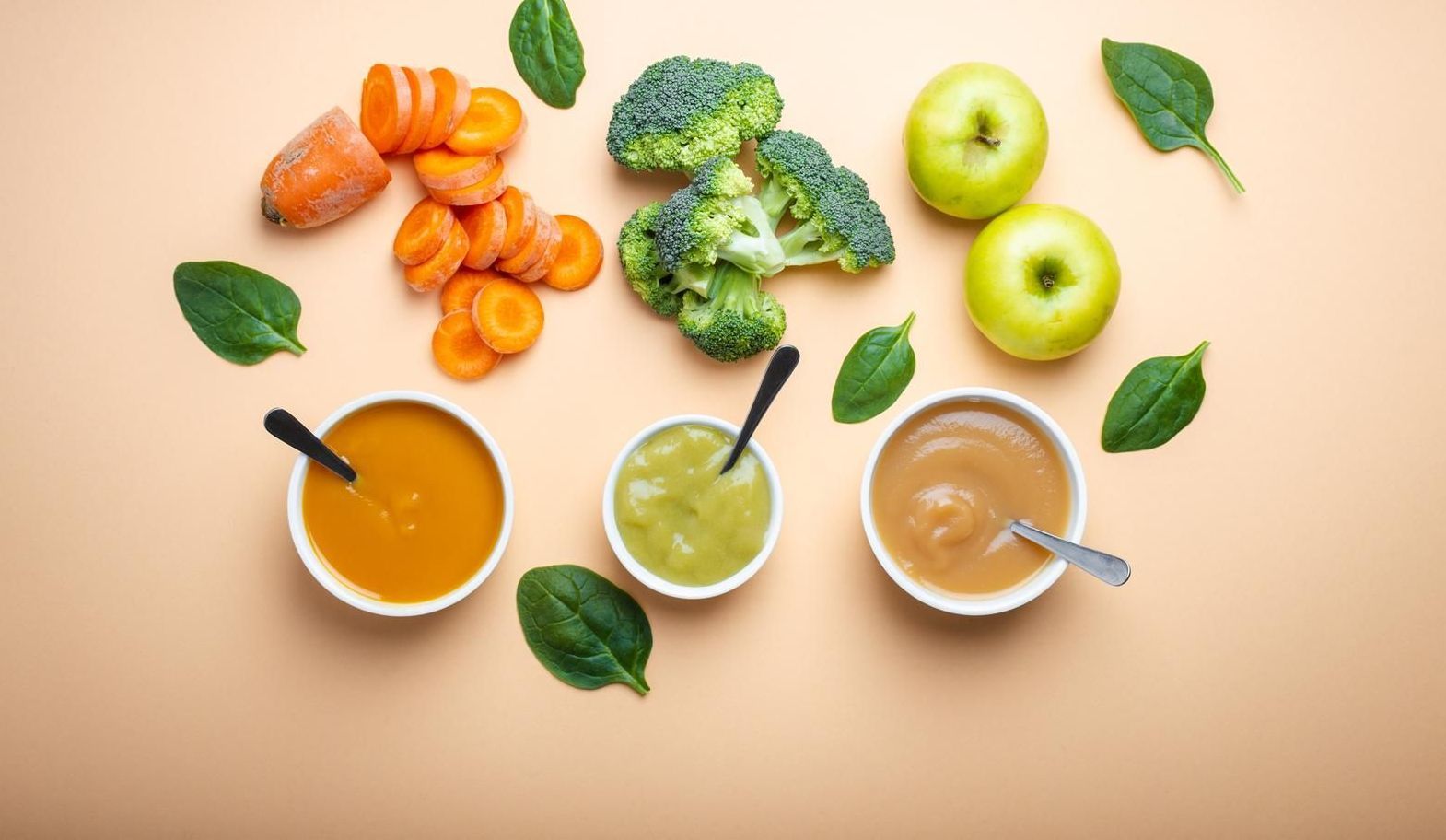
FOOD TESTING SERVICES
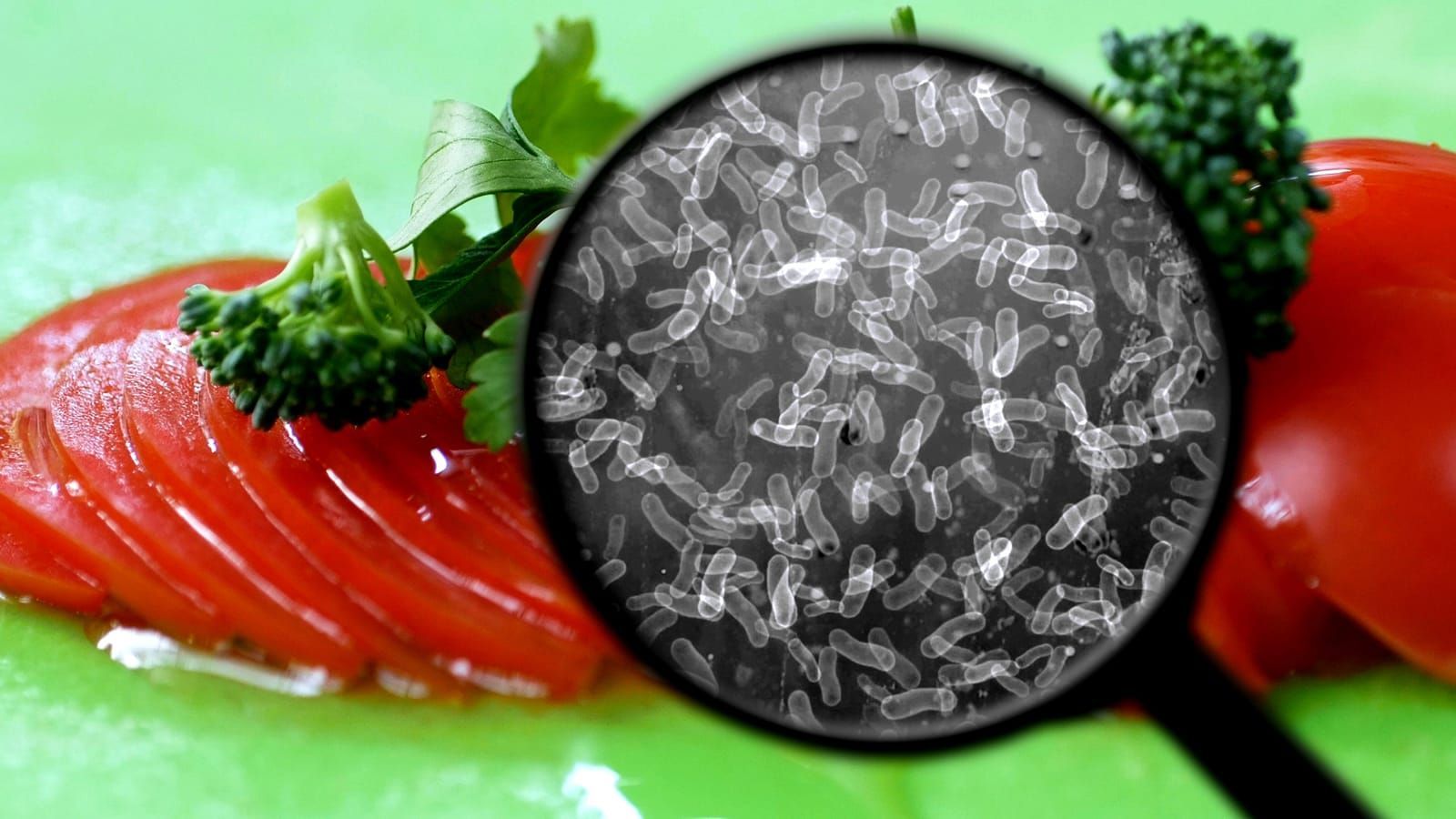


SUPPLEMENT TESTING & LABELING

FOOD ALLERGEN TESTING
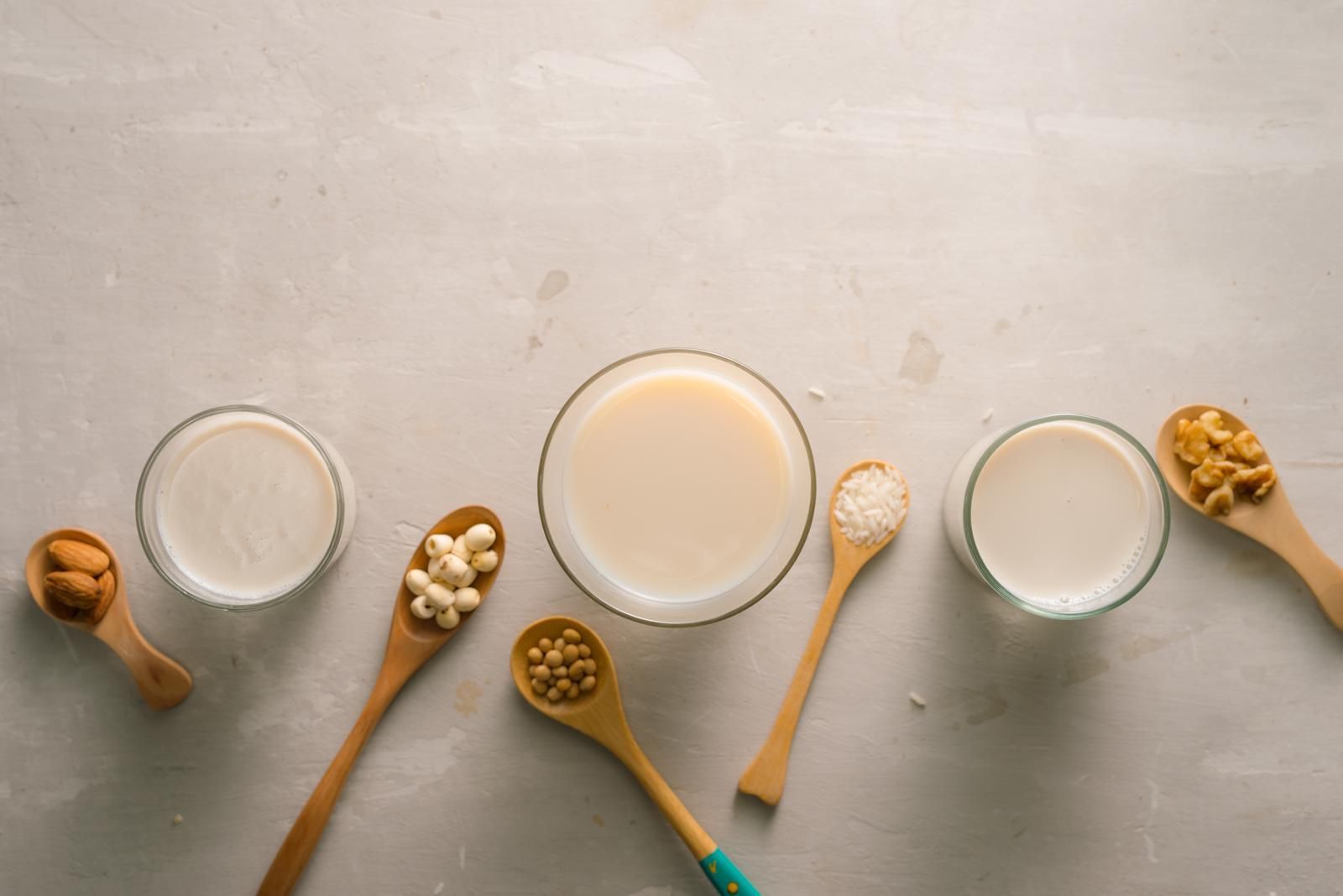

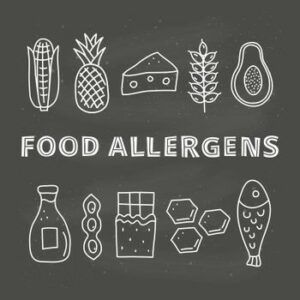
FOOD NUTRITION ANALYSIS
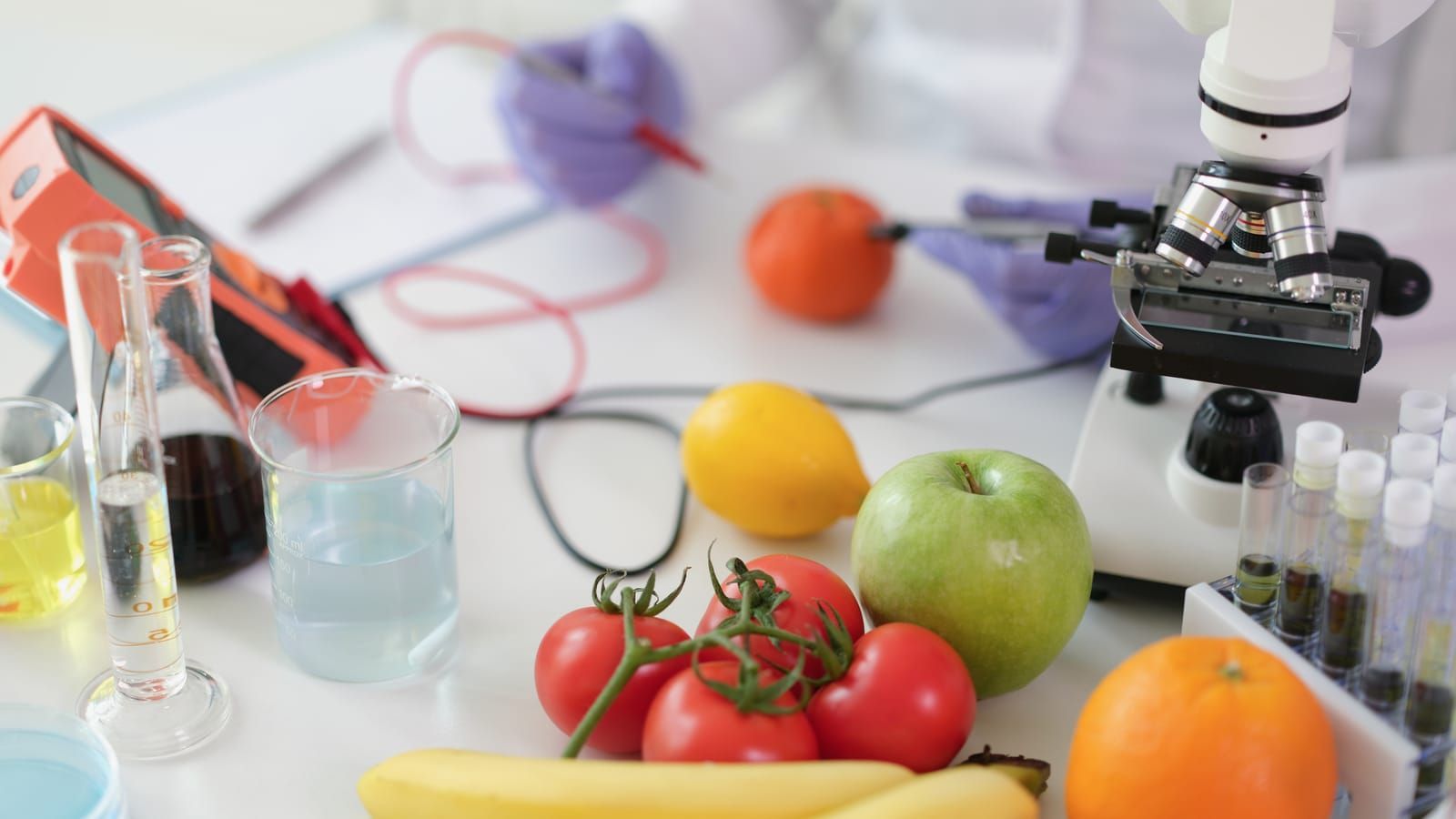
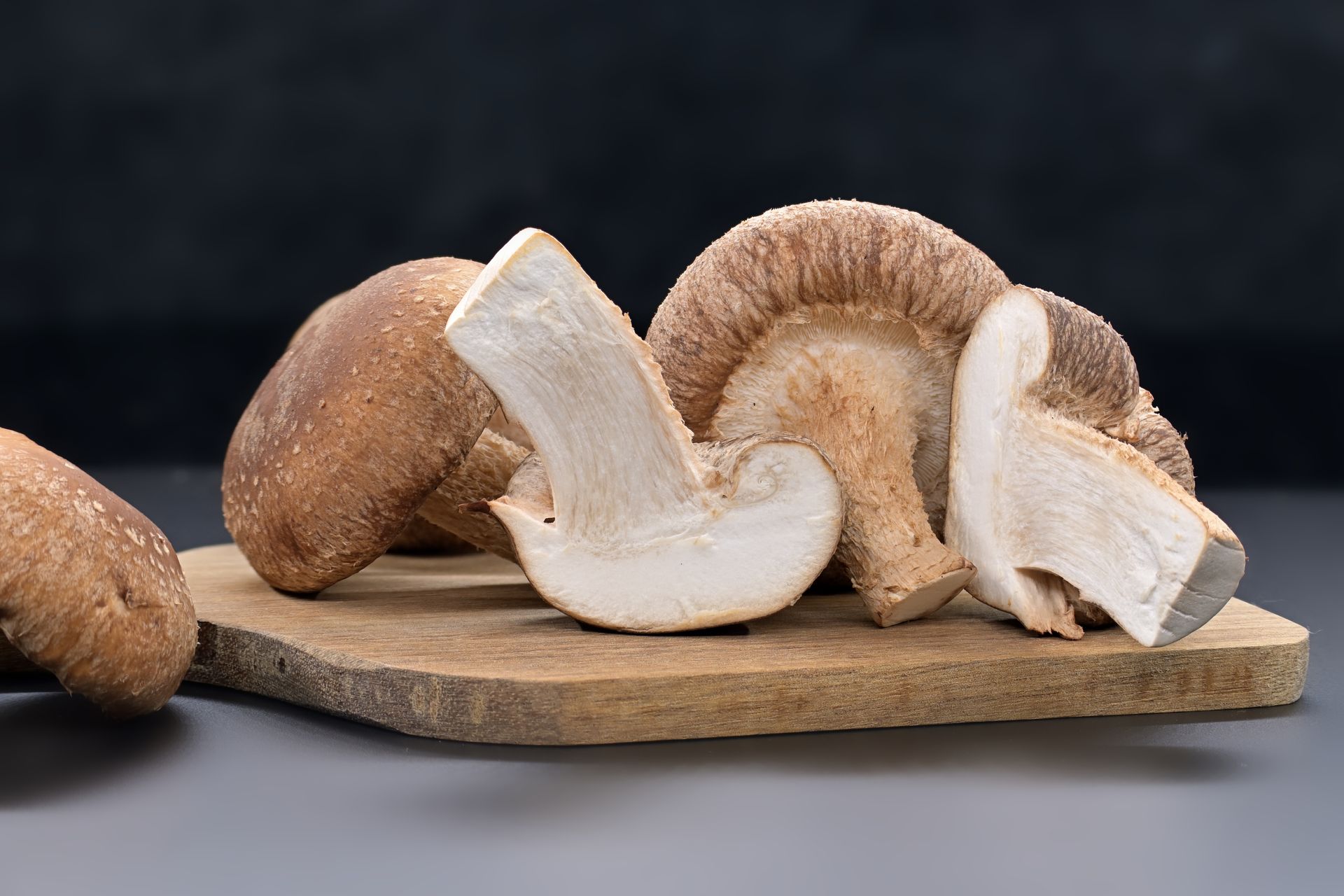
FOOD SAFETY TESTING


CANADIAN FOOD LABELING SERVICES
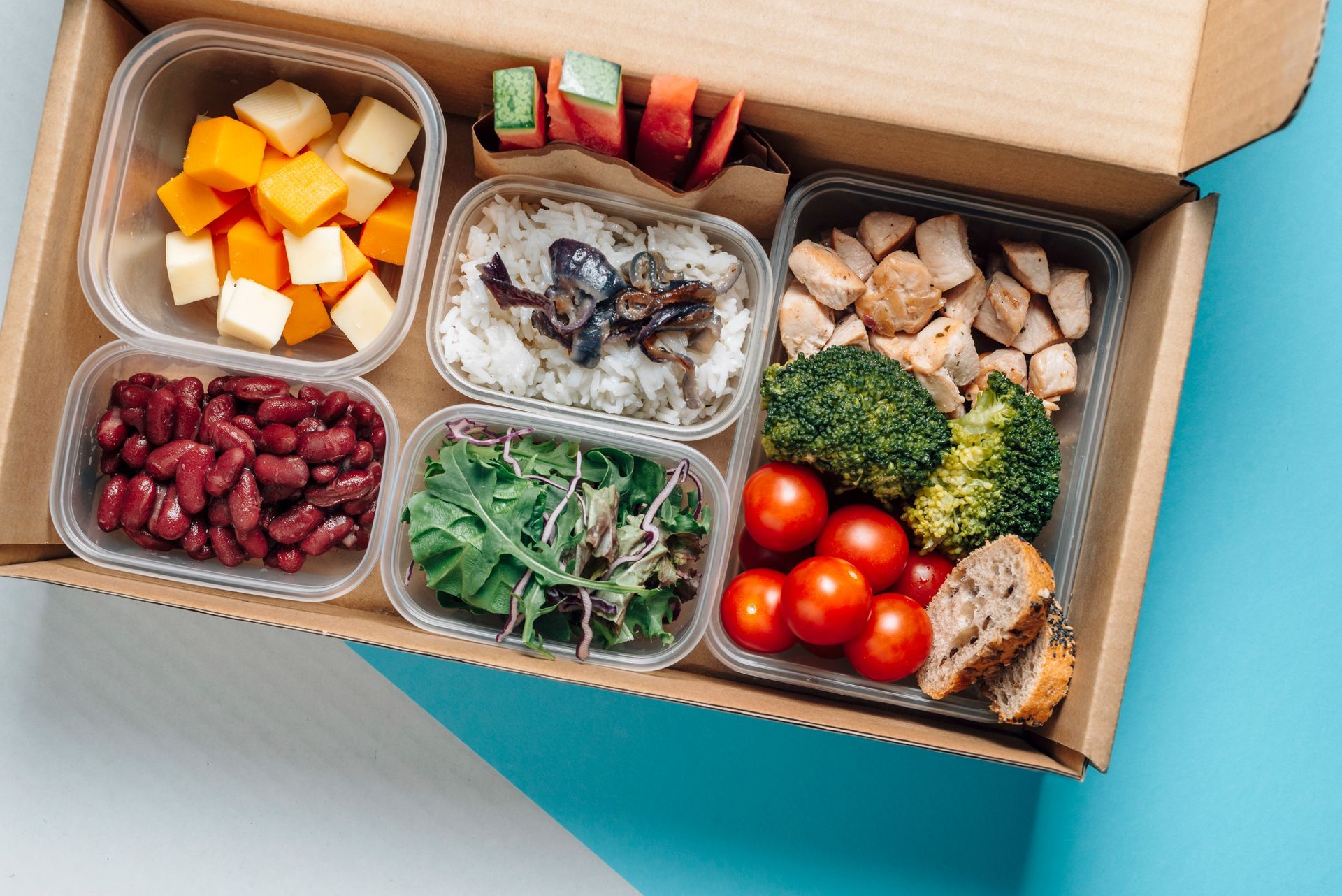
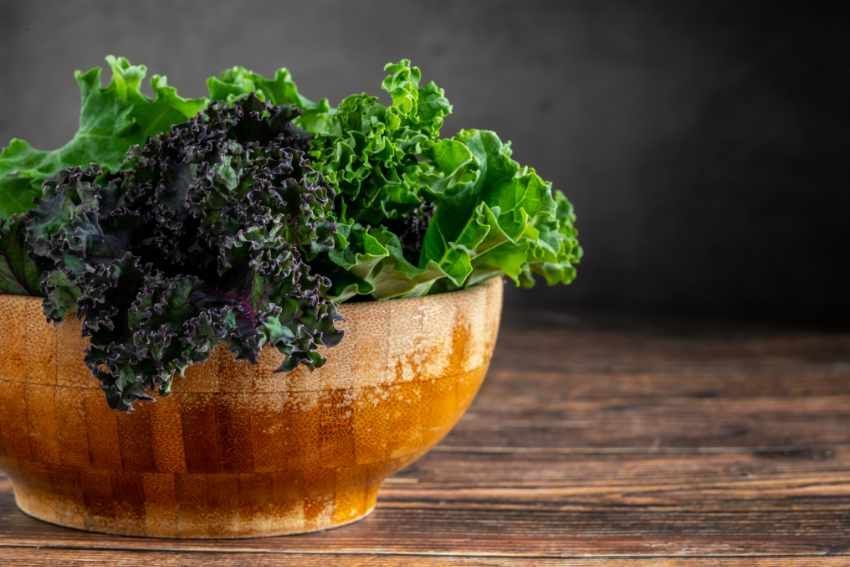
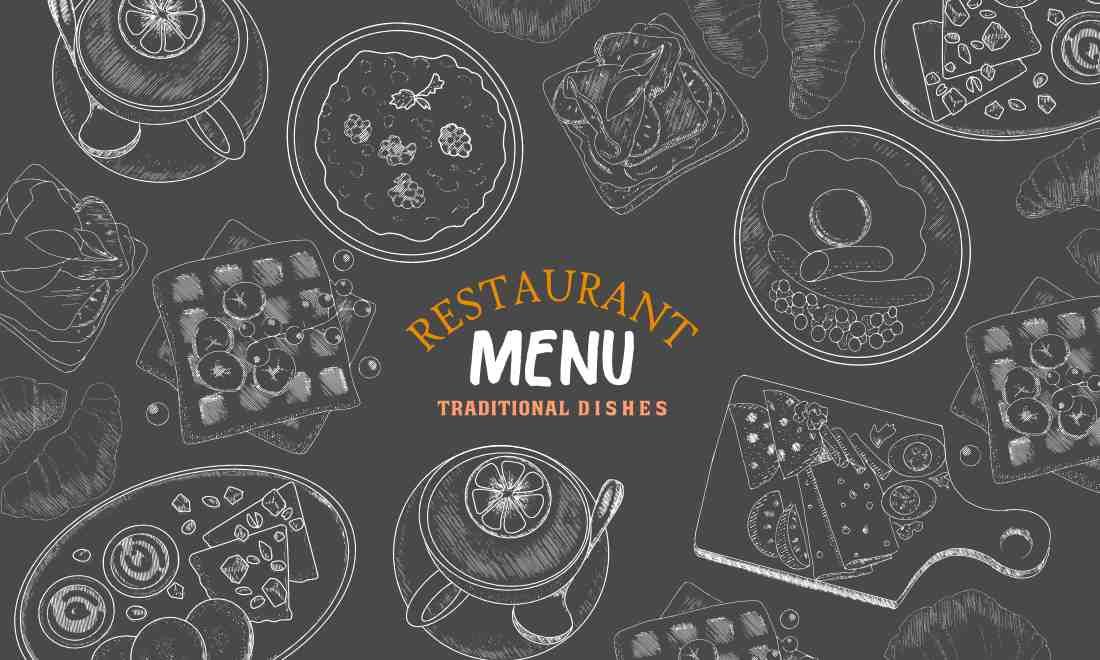
PET FOOD ANALYSIS & LABELING
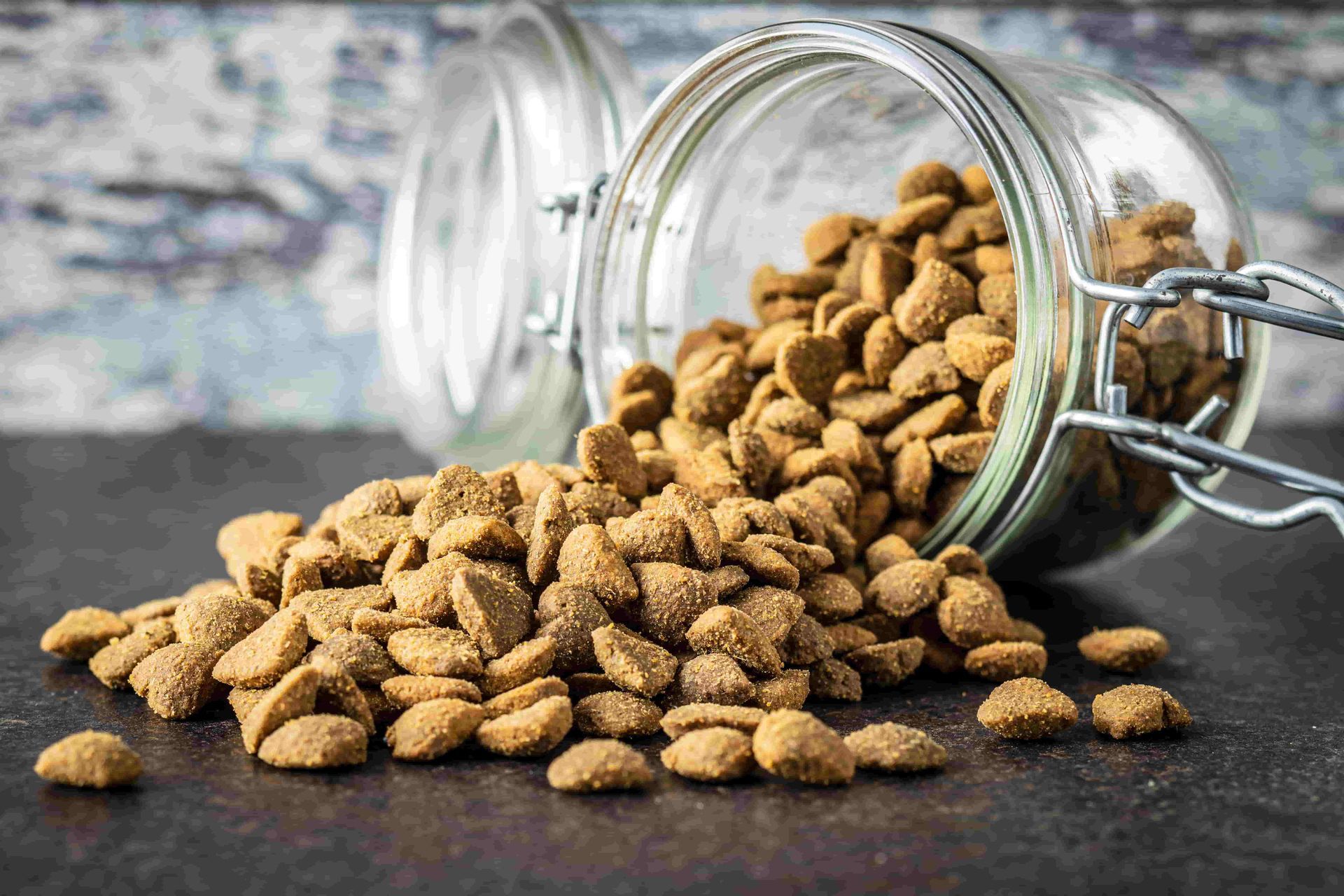

RESTAURANT & PREPARED MEAL NUTRITION



SHELF LIFE TESTING



ALCOHOL TESTING
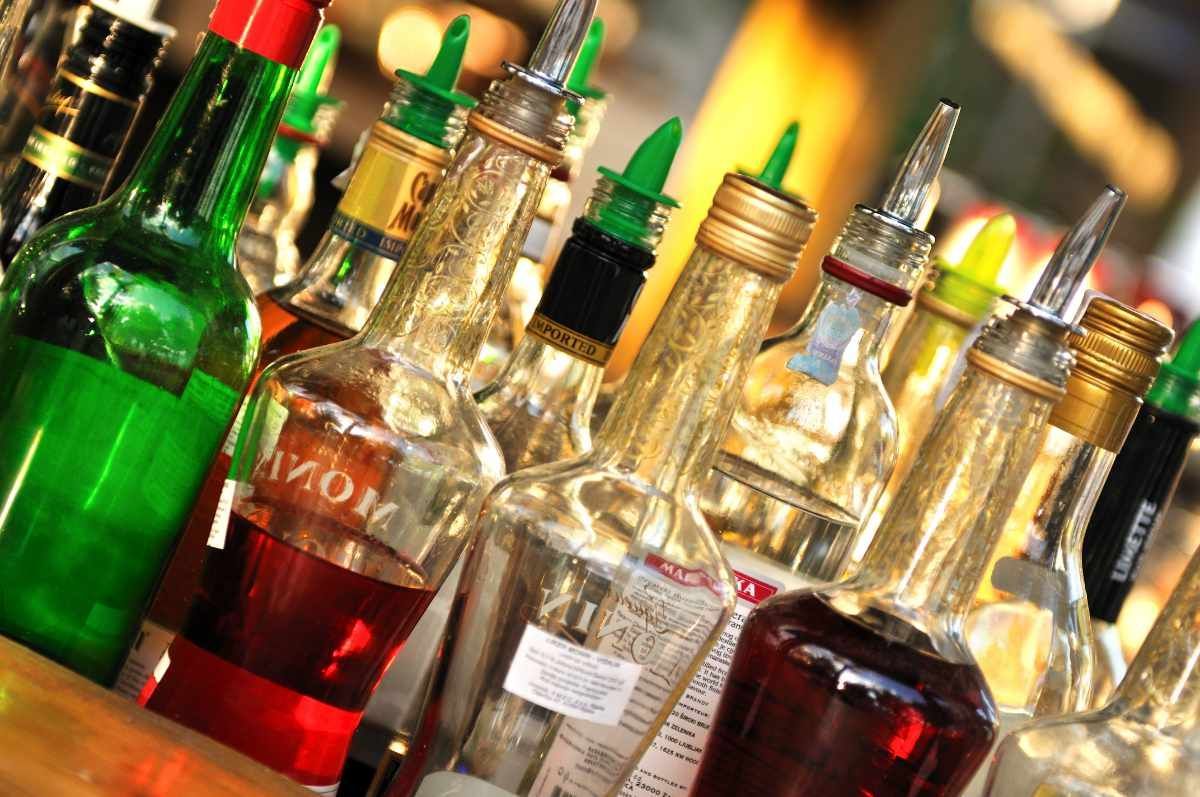
GENERAL TOPICS


Find The Answers You Need
Our comprehensive FAQ section is designed to provide you with detailed insights and guidance on our services, processes, and how we ensure the highest quality and compliance for your products. Whether you’re curious about our testing methodologies or need information on regulatory requirements, we’ve got you covered with expert answers.
For details on pricing and more, please visit our service and labeling pages.
 NUTRITION LABELS
NUTRITION LABELS
Because of their complex nature, these foods commonly require laboratory analysis:
- Fermented products, such as beer or wine
- Complex recipes that may be brined or marinated, such as a beef jerky
- Brewed products, such as coffee or tea
Please contact us to discuss your food product. We can determine if your product will need laboratory testing.
No. This service is for nutrition labels made using data-based analysis– no food samples will need to be sent to a lab for this service. Most food recipes can be analyzed through our data-based software. Data-based software analysis costs much less and is less time consuming compared to lab analysis; however, lab testing is necessary in some cases (for more information, see “How do I know if I will need laboratory analysis to order a Nutrition label?”).
For all processed foods used in your recipe, you will need to provide a copy of the nutrition facts label, ingredient statement, and allergen statement. This will ensure that your analysis is accurate and that the final nutritional information reflects the nutritional value imparted by each of your particular ingredients, since we will load the specific nutritional information from the your recipe’s processed foods into our nutritional analysis software. In addition, FDA labeling requirements mandate that we list your final ingredient statement in descending order by percent weight; this is only possible if we have access to the ingredient statement of each of your individual ingredients.
Please note that “processed foods” includes almost every food apart from raw produce, pure meat, water, and some pure ingredients such as salt, pure oils, etc. When submitting your recipe, please check the labels of every ingredient you use. Even some foods that might not be considered “processed” may have additional ingredients that will need to be listed in your final label (e.g., sliced apples, which may have added contain ascorbic acid). Additionally, many ingredients that are often considered basic or pure may actually have sub-ingredients. Some examples include brown sugar (ingredients: sugar and molasses), all-purpose flour (which contains several added vitamins and minerals), or vinegar (ingredients: vinegar, water).
You will need to provide us with:
- Your recipe, including a complete list of ingredients and sub-ingredients with the amount of each ingredient and sub-ingredient in grams, ounces, percentages, or Household Measurements (for example, ½ cup white sugar, 60g water, etc.)
- A copy of the Nutrition Facts Label, Ingredient Statement, and Allergen Statement of any processed food ingredient (for example, enriched flours, canned tomatoes, etc.)
- The number of servings per recipe, the Serving Size in grams or ounces (for food) or milliliters (for beverages and liquids), and the number of Servings per Container (don’t worry – if you don’t know what these amounts should be, we can help you determine the correct amounts)
- For cooked or baked foods: the percent moisture lost during cooking, or the weight of your product before and after cooking (for more details, refer to “How do I determine the percent of moisture in my finished product lost during cooking or baking?”)
To determine the percent moisture lost, begin by performing the following steps:
- First, weigh your product before cooking and record this weight.
- After cooking, weigh the product again. Record this weight as well.
- Lastly, subtract the weight of the cooked product (from step 2) from the weight of the product before cooking (from step 1). This will give you the amount of moisture lost during cooking.
For example, if you have 18g of dough before baking and the final weight of the product after baking is 13g, your moisture loss is18g-13g=5g.
To convert the amount of moisture lost to the percent of moisture lost, divide the weight of moisture lost (from step 3 above) by the original weight of the product before cooking (from step 1 above).
For example, 5g moisture lost/18g dough=28% moisture loss.
The amount of moisture that is lost will affect the nutritional values retained in your final product. The weight of your food product before and after cooking can be used to determine the moisture loss.
You will need to use a scale that provides weight in grams or ounces.
To find the weight of a product that must be weighed in a container (for example, salad dressing), you will need to perform the following steps:
- First, you will need to weigh the empty container that you will be using and record that weight.
- Next, add your product to the container, and record the total weight of the container with your product inside.
- Then, subtract the weight of the empty container (from step 1) from the weight of the container with the product inside (from step 2). This will give you the weight of the product itself, without the container.
For example: If the weight of the bowl or container in which you weight your food is 0.5 ounces, and the total weight of your food product plus the container is 4 oz., then the weight of your product itself will be 4 oz-0.5 oz=3.5 oz
To determine the number of Servings per Container, divide the total Net Weight of your product by the weight of one Serving Size. For example:
Net Weight: 16oz (454g)
Serving Size: 2 Tbsp (33g)
454g / 33g = 13.75 servings
Round 13.75 up to 14
Servings: about 14
Please note: there are rounding rules established by the FDA. We will help determine the correct number of Servings per Container for your label.
The Serving Size is the amount of a food or beverage that one would typically consume in one sitting. The Serving Size is displayed as two parts: a “household measure term” followed by its metric equivalent. For example, an appropriate serving Serving Size could be “2 Tbsp (33g)”, where 2 Tbsp is the household measure and 33g is its metric equivalent.
To find the suggested Serving Size for a particular product, use the FDA’s Reference Amounts Customarily Consumed (RACC) guidelines.
We will help you determine the correct Serving Size for your food or beverage product per the FDA’s RACC.
All the ingredients in your recipe must be shown, including all sub-ingredients (i.e., the ingredients that make up your ingredients).
The ingredients must be listed in descending order by percent weight. The percent weight of an ingredient is calculated by dividing the weight of an ingredient used in the recipe by the total weight of the recipe.
There are eight allergens that, if present in the food, must be listed in the allergen statement:
- Eggs
- Fish
- Milk
- Peanuts
- Shellfish
- Soy
- Tree Nuts
- Wheat
If your product (or its ingredients) contain any of the above allergenic foods, or contain ingredients derived from those foods, then the corresponding allergen must be listed in the allergen statement.
You have a few options: you can either print the labels and place them on your package, or your graphic artist can incorporate them into your food label or packaging. Please keep in mind that there are specific guidelines from the FDA on size and placement of the Nutrition Facts panel.
With your order, you’ll receive our Food Labeling Guide, which covers the FDA regulations you will need to know for proper placement and sizing.
No. The nutrition facts panel, ingredient statement, and allergen statement should go in the “information panel” of the label as mandated by the FDA.
Another important FDA regulation on food labeling pertains to the Nutrition Facts panel formatting. The Nutrition Facts panel is available in different formats, and the format that you use depends on how much space is available on your food’s packaging.
When you order, you will receive a free copy of our Food Labeling Guide, which explains proper placement of the nutrition facts label.
 FOOD ALLERGEN TESTING
FOOD ALLERGEN TESTING
The Enzyme-Linked Immunosorbent Assay (ELISA) method is a commonly used allergen testing method that allows for the identification and quantification of specific allergens in food and other samples. ELISA is different from other types of allergen testing methods, such as lateral flow assays or PCR, as it is highly sensitive, specific, and able to quantify the amount of allergen present.
ELISA works by utilizing specific antibodies that recognize and bind to a specific allergen. The sample is mixed with these antibodies, and if the allergen is present, it will bind to the antibodies. A secondary antibody is then added that recognizes and binds to the first antibody, creating a sandwich of allergen, primary antibody, and secondary antibody. This sandwich is then detected by a colorimetric or chemiluminescent reaction that produces a signal that is proportional to the amount of allergen present.
The accuracy of ELISA testing depends on the specificity and sensitivity of the antibodies used, as well as the quality and cleanliness of the samples being tested. ELISA is highly specific, meaning that it can identify and quantify specific allergens, such as peanuts or shellfish, in complex matrices like food products. However, cross-reactivity between different allergens can sometimes occur, leading to false positives or negatives.
Overall, ELISA is a highly accurate and effective method for allergen testing. Its ability to quantify the amount of allergen present makes it a valuable tool in determining the severity of allergic reactions and ensuring the safety of food products for individuals with allergies. However, it is important to note that ELISA testing is just one tool in a suite of allergen testing methods and should be used in combination with other tests and best practices for allergen management to ensure the safety of food products.
If any of your ingredients contain allergens, you should assume that your final product will contain those same allergens. If you suspect the presence of allergens from another source, such as the manufacturing environment, you should have food allergen testing done on your final food product. This is especially true if you will be promoting the fact that your product does not have any of these allergens present.
No. The food allergen test covers testing for one allergen. If you want to test for more allergens, the cost will be an additional $200 per allergen.
 RESTAURANT MENU NUTRITION
RESTAURANT MENU NUTRITION
Every menu and menu board is unique, and pricing is based on a combination of factors. To review the individual items on your menu and get a personalized quote, contact us for a free consultation.
The FDA ruling requiring restaurants to provide nutrition information for menu items is a Federally mandated law – therefore, it applies in all states. However, you should still check with your local and state laws for details that may affect or modify the FDA requirements.
Your recipes are safe with us! Your recipe and all other proprietary information remain confidential, and all clients receive a signed and dated non-disclosure agreement declaring the confidentiality of their proprietary information in our Statement of Work.
 NUTRITIONAL ANALYSIS
NUTRITIONAL ANALYSIS
Nutritional analysis requires a separate test for each nutrient, and each test uses a different AOAC method. Dietary fiber alone requires 14 days, as it uses bacterial consumption to replicate human digestion and absorption. To stay organized and ensure your results are 100% accurate, food nutritional analysis requires 25 business days for turnaround.
The turnaround time for lab analysis can be up to 25 business days from the time our lab receives your samples.
We will need 12 oz of finished product to complete the testing.
Please do not ship your samples in glass containers (most clients use a plastic storage container). If your product is a liquid, make sure your container is leak-proof.
If your product is refrigerated, include a sufficient number of cold packs to keep it cool during the entire shipping process.
Ship your sample overnight or by two-day air, either using FedEx or UPS. Please ship your product to our lab address, which is provided on the Lab Information Form that you will receive via email before billing.
Because of their complex nature, these foods commonly need laboratory analysis:
- Fermented products, such as beer or wine
- Complex recipes that may be brined or marinated, such as a beef jerky
- Brewed products, such as coffee or tea
Please contact us to discuss your food product. We can determine if your product will need laboratory testing.
Not all food products require analysis in a food testing lab in order to create a nutrition label. In fact, most food recipes can be analyzed through our database software, which is less expensive and less time consuming than lab analysis . Lab analysis involves sending food samples to our lab for testing and can provide results within 25 days. In comparison, database analysis (which loads your recipe’s ingredient information into our software for analysis) can provide results in as little as 2-3 days.
No. Our lab cannot accommodate rush orders.
 SHELF LIFE TESTING
SHELF LIFE TESTING
Shelf life is the amount of time for which a food or beverage is considered suitable for sale or consumption. The shelf life of a food product begins at the time it is manufactured or prepared and ends at the time it becomes unsuitable for sale or consumption.
Your product’s ingredients (recipe), how it’s processed, type of packaging, and storage temperatures – either refrigerated or shelf stable (room temperature) – can all influence the shelf life of a food or beverage product.
No. Some products may be safe eat for a long time, such as beef jerky or dried foods; however, you need to consider the food’s aesthetics (also known as organoleptic properties) as well:
- Appearance
- Aroma
- Taste
These properties are all affected with time, and any major change in these properties will certainly affect the quality of the eating experience and therefore will affect the shelf life of the product.
Here are a few shelf life duration guidelines that we have collected over the years, which may give you some idea of how long to your product will need to be tested for.
- Beef Jerky: 9 months-1 year
- BBQ Sauces: 4 months-6 months
- Pasteurized Dairy Products: 3 weeks
- Raw Juices: 5 days
- Cakes, Cookies & Other Bakery Goods WITH Preservatives: 30 days
- Salsa: 3 months-4 months
As a guideline to determine the length of shelf life testing your product may require, we recommend using the shelf life of a similar product as a reference to estimate your own product’s shelf life. For this estimate, use a similar product that is currently on the market and that has ingredients similar to the those in your product.
Other factors to consider when determining shelf life estimates are whether or not your product has preservatives or if it is heat-processed to preserve freshness. Lastly, the differences between making the product in a commercial kitchen versus a home-based kitchen can greatly impact the duration of your product’s shelf life.
Lab testing is the only method to determine an accurate shelf life for a food product.
Lab testing can be expensive and time consuming; however, there is no way around it. If a food manufacturer, big or small, needs to determine an accurate best-by date for their product, then testing in a lab must be done.
We offer Recipe Modification consulting and can recommend ways to extend your product’s shelf life. For example, foods that are more acidic or that have lower water content tend to have a long shelf life; therefore, adjusting these measures can increase your product’s shelf life. Additionally, many of our clients add natural preservatives (such as ascorbic acid (Vitamin C) or citric acid) or artificial preservatives (such as stabilizers like carrageenan or xanthan gum). We can recommend the amount and type of preservatives that will best fit your product. Any expected increase in shelf life needs to be validated by submitting your product for shelf life testing.
Yes, we do accelerated shelf life testing.
 PET FOOD ANALYSIS
PET FOOD ANALYSIS
Certain food products must contain a minimum amount of crude protein and fat, and a maximum amount of crude fiber and moisture. Only foods that do not contain protein, fat or fiber (e.g., vitamins and minerals) are exempt from the requirement to guarantee that the foods contain those nutrients. In all cases, a guarantee to retain some moisture is required. Other nutrients generally have no requirements for nutritional guarantees, although some products are required to provide additional guarantees to support claims made on the label. If you are making additional claims on your pet food label, such as “high in calcium”, then you will need to include guarantees for the amounts of any nutrients that are included in your claims.
All pet food labels should state that they contain at least a minimum percentage of crude protein and crude fat, and at least a minimum percentage of crude fiber and water. It’s important to note that the term “crude” refers to the way the products are tested, not to the quality of the nutrients themselves.
Federal regulations enacted by the Food and Drug Administration (FDA) establish the standards that must be met for all animal feeds: proper identification of the product, net quantity statement, manufacturer’s name and address, and listing of ingredients.
Several states enforce their own labeling laws. Many states have adopted the model regulations developed by the Association of American Feed Control Officials (AAFCO). These regulations specify the following: name of product, nutritional adequacy statement, warnings on packaging, and feeding time. These regulations are more specific, and include information about specific things like the product name, the guaranteed analysis, the nutritional adequacy statement, feeding directions, and calories.
Yes, it is regulated by the FDA. FDA regulates finished pet foods (such as treats and chews) as well as their ingredients. Most states require that the products sold in their state registries be registered; in other words, products must conform to strict requirements for the ingredients in their labeling. It is also not legal to use an ingredient in pet food until it has been approved by the FDA and adopted by AAFCO
The FDA & Department of Agriculture regulated dog and cat food.
The product Name and its brand name, the purpose statement for the feed (identifying specific species and animal classes), The guaranteed analysis statement, directions for safe and effective use (commonly known as “Feeding Directions” or “Mixing Directions”, the manufacturer’s or distributors name and address, a quantity or net weight statement in both standard and metric units
- Metabolic Energy
- Minimum Crude Fat:
- Minimum Crude Protein
- Fiber
- Moisture
- Ash
- Ingredient Statement
Product Name, Net Quantity Statement, Manufacturer’s Name And Address, Ingredient List, Guaranteed Analysis, Nutritional Adequacy Statement, Feeding Directions, Calorie Statement, Other Label Claims
According to their website, The Association of American Feed Control Officials (AAFCO) is a voluntary membership association of local, state and federal agencies charged by law to regulate the sale and distribution of animal feeds and animal drug remedies.
The only nutrients required to be listed in the Guaranteed Analysis, according to the AAFCO guidelines for pet food labeling, are:
- The minimum percent of crude protein
- The minimum percent of crude fat
- The maximum percent of crude fiber
- The maximum percent moisture
Your recipes are safe with us! Your recipe and all other proprietary information remain confidential, and all clients receive a signed and dated non-disclosure agreement declaring the confidentiality of their proprietary information in our Statement of Work.
 RECIPE MODIFICATION
RECIPE MODIFICATION
Yes, we can make recommendations of preservatives, based on your product type.
Yes, in fact, this a common request. We can make recommendations to modify your recipe to lower undesirable nutrient values.
 CANADIAN FOOD LABELS
CANADIAN FOOD LABELS
The Food and Drugs Act, passed in 2003, clearly outlines labeling requirements of food products sold in Canada. Nutrition labeling became mandatory for all prepackaged foods sold in Canada on December 12, 2007. Click here for more details on Canadian Food Labeling provided by the Canadian government.
Some of the differences between U.S. and Canadian food labeling are: units of measure and bilingual requirements in western provinces (Canadian English, Canadian French, and Canadian Bilingual featuring French and English).
Serving Sizes can be found in the following table under Reference Amounts and Serving Sizes.
Unfortunately not, the label requirements are different for each country. Some differences include: variant rounding rules, different ingredient statement, allergen statement, and format requirements. Also both countries have their own established Daily Values.
Yes, the following foods are prohibited from displaying a Canadian Nutrition Facts Label and have their own nutrition labeling requirements:
* formulated liquid diets
* infant formula
* foods containing infant formula
* meal replacements
* nutritional supplements; (that meet the requirements of section B.24.201, FDR)
* foods represented or use in very low energy diets
B.24.201 FDR: Meal replacements to which milk, partially skim milk or skim milk is to be added, must carry a statement that the nutrient content of the food has been determined taking into consideration the milk, partially skim milk or skim milk that is to be added according to the directions of use. foods represented for use in very low energy diets.
No, only the Nutrition Facts Label and Ingredient Statement are required in Canada.
No, not all foods require a Nutrition Facts Label. In fact the following list of foods do not require one: Fresh vegetables and fruits, raw meat and poultry (except when the meat is ground), Raw fish and seafood, foods prepared or processed at the store (bakery items, salads, etc.), foods such as coffee, tea, herbs and spices because they contain very few nutrients and alcoholic beverages.
 FOOD SAFETY TESTING
FOOD SAFETY TESTING
While cooking and proper preparation of food eliminates most bacteria and viruses, there are other ways in which contamination may occur, such as from improper handling or packaging. The food safety test tells you if the food is free of Salmonella, Listeria, and other common harmful microorganisms that may contaminate a food and make it unsafe to eat.
The food safety test is a one-time test done on a single sample. In contrast, shelf life testing is performed on several samples at timed intervals.
 SUPPLEMENT TESTING
SUPPLEMENT TESTING
Testing is an ongoing process. Best practices recommend testing product annually at minimum, if not testing each new lot.
Label verification is performed through laboratory testing, usually of the final product, to ensure that the product contains the ingredients listed on the label, in the declared potency and amounts.
Anything that is quantified on the supplement label should be verified through identify testing. Purity testing is performed on raw materials to verify the purity, potency and composition of the material in the product to meet label claims.
Supplement shelf-life testing is performed using Active Ingredient Testing and must have 3 data points. All label claims must be met at the onset and end of testing.
Current Good Manufacturing Practices (cGMP) are regulations require companies that manufacture, package, label or hold dietary supplements, assure the identity, purity, strength, and composition of all products.
Supplement Facts label is required to list the same nutrients as the Nutrition Facts label when any of these nutrients are found in the supplement in an amount considered to be greater than zero. This includes total fat, saturated fat, trans fat, cholesterol, sodium, total carbohydrate, dietary fiber, total sugars, added sugars, protein, and certain vitamins and minerals. For more information see 21 CFR 101.9(c).
Dietary supplements include such ingredients as vitamins, minerals, herbs, amino acids, and enzymes. Supplements can come in many different forms including tablets, capsules, soft gels, gel caps, powders, bars, gummies, and liquids.
Yes, the FDA regulates both finished dietary supplement products and dietary ingredients.
 NUTRITION REPORT
NUTRITION REPORT
The FDA nutrition fact package contains four elements that are NOT included in this service:
- FDA-Compliant Nutrition Fact Label
- Allergen Statement
- Ingredient Statement
- Food Labeling Guide
The database we use has over 100,000 ingredients to build these reports. Not all nutrients are broken out for each ingredient so there are times that we may need to conduct laboratory analysis or request additional information from you about the specific ingredient.
RL Food Testing destroys all recipes once the work is complete and provides you with signed and dated non-disclosure agreement protecting you.
These resources provide comprehensive materials about RL Labs, the services we provide, food industry regulations, and valuable links designed to support the commercialization of your product.





